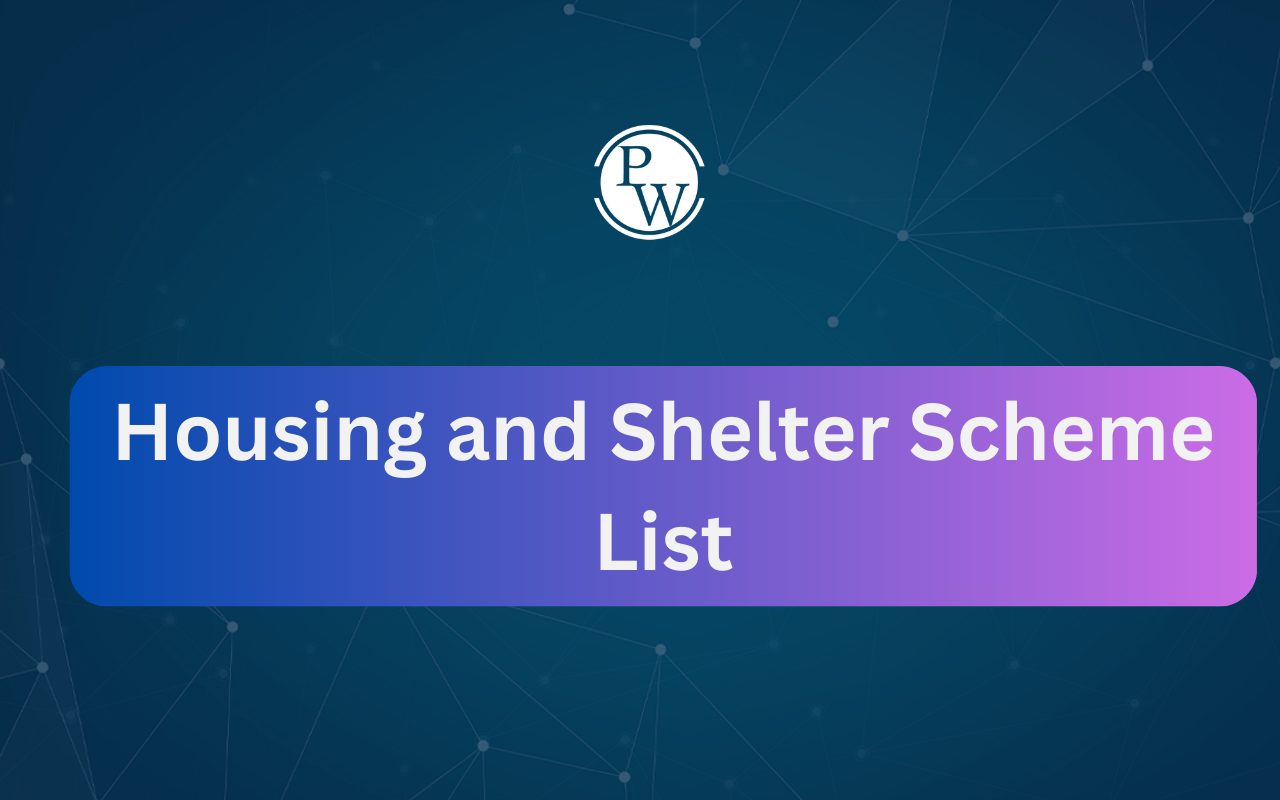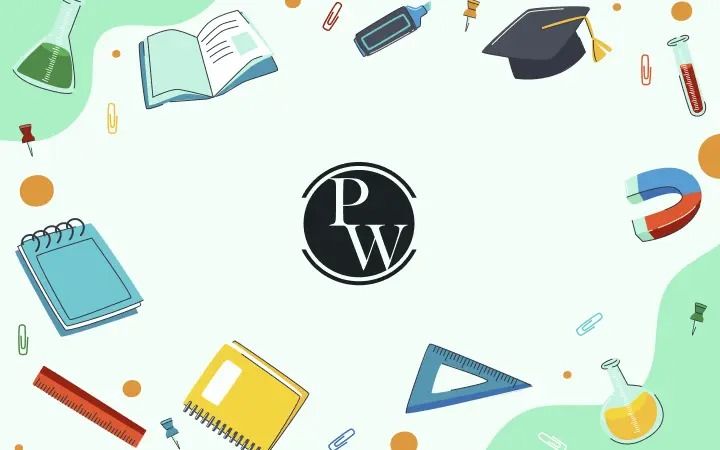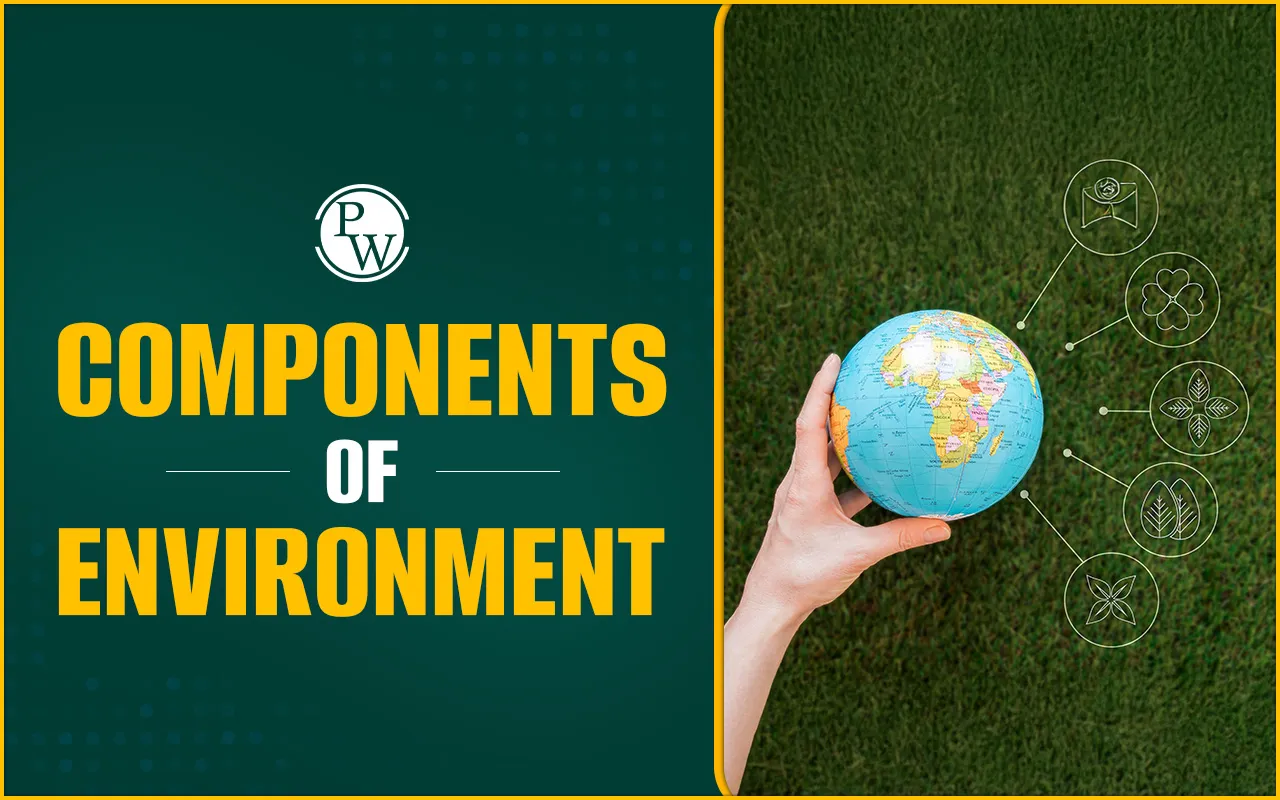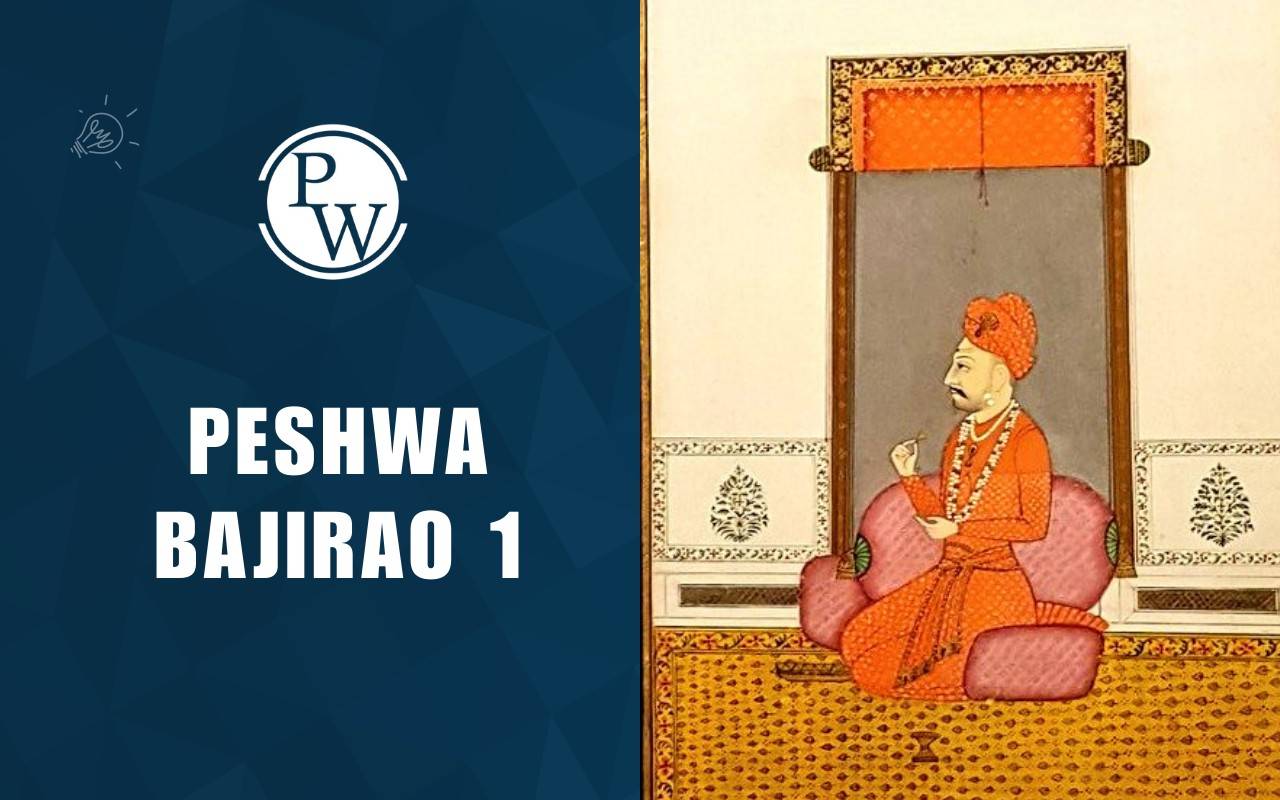

Comprehensive Nuclear Test-Ban Treaty (CTBT) is a monumental, multilateral agreement in the history of nuclear non-proliferation and disarmament. It is one of the "longest sought and hardest fought for arms control treaties in history". Adopted by the United Nations General Assembly in 1996, the fundamental objective of the Comprehensive Nuclear Test-Ban Treaty is simple yet profound: to ban all nuclear weapon test explosions or any other nuclear explosion, for both military and civilian purposes, everywhere on Earth.
This international treaty aims to halt the qualitative nuclear arms race and prevent the development of new, advanced types of nuclear weapons.
Comprehensive Nuclear Test-Ban Treaty History
The demand for a comprehensive ban on nuclear testing dates back to the early days of the nuclear era.
-
1954: Following the 'Castle Bravo' test, the then Prime Minister of India, Jawaharlal Nehru, issued the first appeal for a "standstill agreement" on nuclear testing.
-
1963: Partial Test Ban Treaty (PTBT): After years of negotiations, the US, UK, and Soviet Union signed the PTBT, which banned nuclear tests in the atmosphere, outer space, and underwater, but permitted underground testing. The environmental hazard of radioactive fallout was the primary concern that led to the PTBT.
-
Post-Cold War Era: The push for a complete ban, extending to underground tests, gained momentum after the Cold War. The Soviet Union and France announced test moratoriums in 1990 and 1992, respectively, followed by the US.
-
1996: Adoption of the CTBT: After two years of intensive negotiations in the Conference on Disarmament (CD) in Geneva, the final draft of the treaty was presented. The Comprehensive Nuclear Test-Ban Treaty was adopted by the UN General Assembly on September 10, 1996, and opened for signature on September 24, 1996.
Provisions and Obligations of the CTBT
The CTBT is structured with a Preamble, 17 Articles, and a Protocol with two annexes.
-
Basic Obligation (Article I): This is the core provision. Each State Party is legally obligated "not to carry out any nuclear weapon test explosion or any other nuclear explosion," and to prohibit such activity anywhere under its jurisdiction or control. This is commonly referred to as the 'Zero-Yield' approach, meaning no nuclear explosion is permitted, regardless of the energy released.
-
The Organization (Article II): The Treaty provides for the establishment of the Comprehensive Nuclear-Test-Ban Treaty Organization (CTBTO), which will oversee the implementation of the treaty. Its seat is in Vienna, Austria.
-
National Implementation Measures (Article III): Each State Party must take necessary domestic legal and administrative steps to enforce the treaty's obligations within its borders, prohibiting its citizens or entities from engaging in banned activities.
-
Verification Regime (Article IV): The treaty is supported by a robust and global verification system to monitor compliance.
International Monitoring System (IMS)
To ensure that no nuclear test explosion goes undetected, the Comprehensive Nuclear Test-Ban Treaty establishes a unique global verification mechanism. This system, known as the International Monitoring System (IMS), is designed to be fully operational by the time the treaty enters into force. The IMS comprises a worldwide network of monitoring facilities utilizing four advanced technologies:
-
Seismic Monitoring (Primary and Auxiliary): Detects shockwaves from underground explosions. When fully operational, the network will consist of 50 primary and 120 auxiliary stations.
-
Hydroacoustic Monitoring: Detects acoustic signals from underwater explosions.
-
Infrasound Monitoring: Detects very low-frequency sound waves in the atmosphere from atmospheric explosions. It is planned to have 60 stations.
-
Radionuclide Monitoring: Detects radioactive particles and noble gases in the atmosphere, which is vital for confirming whether an explosion was nuclear. The network includes 80 stations and 16 radionuclide laboratories.
Comprehensive Nuclear Test-Ban Treaty Organization (CTBTO)
The Preparatory Commission for the Comprehensive Nuclear-Test-Ban Treaty Organization (CTBTO) was established in Vienna in 1996. Its primary objective is to facilitate the entry into force of the treaty and ensure the CTBT's verification regime, particularly the IMS, is ready for operation.
The CTBTO also hosts various conferences to accelerate the ratification process and address challenges. Furthermore, the data from the IMS, while primarily for monitoring, has proven invaluable for civilian applications like tsunami early warnings and global earthquake monitoring.
Status of Ratification and Entry into Force of the CTBT
Despite the treaty's global acceptance, the Comprehensive Nuclear Test-Ban Treaty has not yet entered into force.
-
Conditions for Entry into Force (Article XIV): The treaty stipulates that it will enter into force 180 days after all 44 specific states (known as Annex 2 states, which participated in the treaty's negotiation and possess nuclear power or research reactors) have signed and ratified it.
-
Current Status: As of the latest updates, 187 states have signed the treaty, and 178 have ratified it.
-
The Holdout States: For the treaty to enter into force, the ratification of the following eight Annex 2 states is still required:
-
Have not signed or ratified:
-
Democratic People's Republic of Korea (DPRK/North Korea)
-
India
-
Pakistan
-
Have signed but not ratified:
-
United States (US)
-
China
-
Egypt
-
Iran (Islamic Republic of)
-
Israel
India's Stance on the Comprehensive Nuclear Test-Ban Treaty
India has been a consistent proponent of a comprehensive test ban since the 1950s, but has strongly opposed the final text of the CTBT for being discriminatory.
-
Discrimination and Entry into Force: India's primary objection lies with the entry-into-force clause (Article XIV), which it considers unprecedented and contrary to international law. The clause makes the treaty's entry into force dependent on a specific group of states (Annex 2), including India, thereby binding a non-signatory state to the treaty's process.
-
Linkage to Disarmament: India views the CTBT as a crucial step, but only one part of the larger, step-by-step process of nuclear disarmament. It objected to the treaty for not including a commitment to the time-bound elimination of all nuclear weapons by nuclear-weapon states.
-
Current Position: India is neither a signatory nor a party to the CTBT. However, following its nuclear tests in 1998, India declared a voluntary moratorium on further nuclear explosive testing.
Significance and Challenges of the CTBT
Even without formal entry into force, the Comprehensive Nuclear Test-Ban Treaty has had a significant impact on global security.
Significance
-
Global Norm against Testing: The treaty has successfully established a strong global norm against nuclear testing. Since 1996, only one country (DPRK) has conducted nuclear test explosions.
-
Nuclear Disarmament and Non-Proliferation: By constraining the development and qualitative improvement of nuclear weapons, the CTBT serves as an effective measure for both non-proliferation and disarmament.
-
Strengthening the NPT: The CTBT is seen as a cornerstone of the global non-proliferation architecture and is critical to ensuring political support for the Nuclear Non-Proliferation Treaty (NPT).
Challenges
-
Stalled Entry into Force: The refusal of the eight Annex 2 states to ratify the treaty remains the most significant challenge. This institutional fragility signals a weakness in global arms control.
-
Subcritical Tests/Stockpile Stewardship: The treaty's focus is on 'explosions'. Major nuclear powers conduct laboratory-based simulations and subcritical/zero-yield tests under 'stockpile stewardship programmes' to maintain and modernize their existing arsenals without explosive testing. This has been seen as a loophole that creates ambiguity and erodes trust.
-
Verification Authority: Without formal entry into force, the CTBTO lacks the full legal authority to mandate On-Site Inspections, limiting the deterrent value of the treaty.
Comprehensive Nuclear-Test-Ban Treaty FAQs
What is the main purpose of the Comprehensive Nuclear Test-Ban Treaty (CTBT)?
Is the Comprehensive Nuclear Test-Ban Treaty (CTBT) in force yet?
Which countries have not signed or ratified the CTBT?
What is the CTBTO and where is it located?
What are the four types of monitoring technologies used by the CTBT's International Monitoring System (IMS)?

UPSC Coaching











